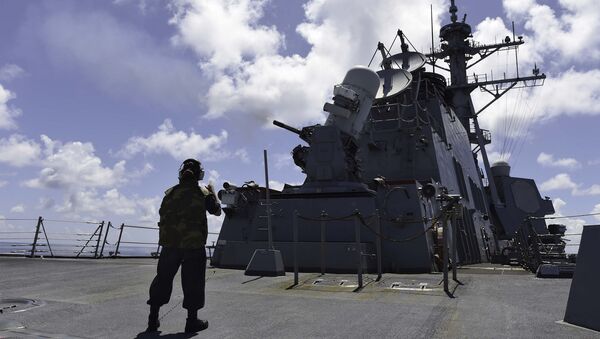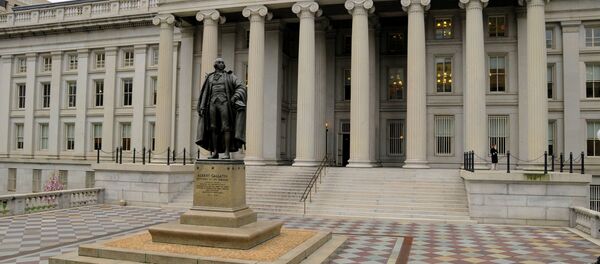"Strengthening of the US military capabilities, of course, is a negative factor for us. It does not only increase the degree of tension in the vicinity of our borders, but also can contribute the transition to the next stage, that is, the potential to create a real military threat. These are all different things. One thing is to stir up tension, and another thing is to create a real military threat, "Andrei Denisov told RIA Novosti.
He added that the US intention to deploy a missile defense system in the Pacific Rim "is nothing but a threat to Russia's security."
In October, the naval destroyer USS Lassen sailed within 12 nautical miles of the disputed Spratly archipelago in the South China Sea, claimed by several regional powers, including China. The Chinese Foreign Ministry said that the incident was illegal and a violation of China's sovereignty.
Washington asserts that the move was legal, subsequently announcing plans for the US Navy conduct routine patrol missions in the region in the near future.
In 2011, the administration of US President Barack Obama announced a pivot to the Asia-Pacific region amid the rise of China, seeking to strengthen security cooperation with Japan, Australia, South Korea, India and other regional powers.
Russia has repeatedly expressed concern that the US strategy could disrupt regional and global stability.
The United States has also advocated the Trans-Pacific Partnership (TPP) — 12-nation trade deal, the wording of which was recently agreed between Washington and Japan, Australia, New Zealand and other Pacific Rim nations.



